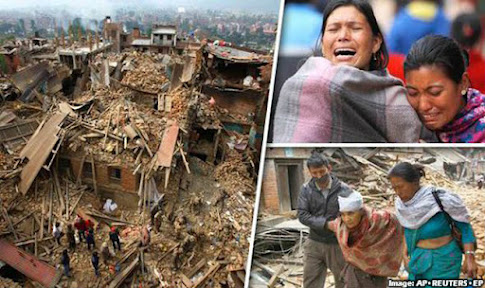History of India
Thesis statement: This essay will explore the history
of India, tracing its elaboration from ancient civilizations to modern times.
It'll claw into the different ages of India history, pressing the crucial
events, figures and development that have shaped the country over time. The
essay will also examine the impact of these historical events on India’s
present and unborn, and give and understanding of India’s rich history.
Ancient Civilizations
1. Indus Valley
Civilization: The Indus Valley Civilization was one of the foremost civilizations
in the world, and is believed to have existed around 2500 BCE. The civilization
was characterized in well- planed metropolises, advanced drainage systems, and
sophisticated art and architecture. The Indus Valley Civilization was also a
largely citified society, with well- planned metropolises and sophisticated urban
infrastructure.
2. Vedic Period
and the Rise of Hinduism: The Vedic period is considered to be the
foundation of Hinduism, one of the world’s oldest religions. It was during this
period that the Vedas, the oldest sacred text of Hinduism, were written. The
Vedic period also saw the development of the caste system, which continues to
play a significant part in Indian society now.
3. Maurya and Gupta Empires: The Maurya and Gupta
conglomerates were two of the most significant conglomerates in ancient India.
The Maurya Empire, innovated by Chandragupta Maurya, was the first conglomerate
to unify utmost of India under a single ruler. The Gupta Empire, which followed
the Maurya Empire, is considered to be a golden age in Indian history, marked
by advanced in art, wisdom, and technology.
Medieval India
1. Islamic Invasions and the Mughal Empire: The
Islamic invasions of India in the 8th century led to the establishment of the
Mughal Empire, which lasted for over three centuries. The Mughal Empire was
characterized by a fusion of Indian and Islamic societies, and saw the
construction of numerous architectural masterpieces, such as the Taj Mahal. The
Mughals also introduced a centralized government, a uniform currency and a
common legal system. still, the conglomerate faced internal conflicts and a gradual
decline in its power, leading to its eventual collapse in the 19th
century.
2. Bhakti Movement and the rise of regional Kingdoms:
The Bhakti Movement, a religious movement that emphasized devotion to a particular
god, led to the rise of regional kingdoms during medieval India. These kingdoms
were characterized by their own distinct cultures and individualities, and
their rise marked the end of the Mughal Empire’s dominance in India.
Colonial India
1. British East India Company and the British Raj:
The British East India Company, established in 1600, played a significant role
in India’s colonization by the British. The company ultimately become the
British Raj, which ruled India for over 200 years until the Indian independence
in 1947. British rule had a profound impact on Indian society, economy and
culture.
2. Impact of colonialism on Indian society and frugality:
The impact of colonialism on India was significant and long- lasting. The
British Raj brought about significant changes to the Indian frugality, society,
and culture. It introduced new technologies and systems of governance, but also
led to the suppression of local industries and cultures, exploitation of resources
and the suppression of original autonomy.
Independence and Modern India
1. Indian Independence Movement and the partition of
India: The Indian independence movement, led by figures such as Mahatma
Gandhi, ultimately led to the end of British rule in 1947. The partition of
India and Pakistan led to mass migration and communal violence.
2. Post-independence developments in politics, economy
and society: India has experienced a significant transformation since its
independence. The country has made progress in areas such as Industry, agriculture
and education, but also faced challenges such as poverty, corruption and
political insecurity.
India in the 21st century
1. Economic growth and development: India has endured significant economic growth in recent times, becoming one of the world’s swift- growing major economies. still, the country still faces challenges such as poverty and income.
Summary of main points: The essay has explored the history of India, tracing its elaboration from ancient societies to ultramodern times. It has excavated into the different ages of Indian history including ancient societies, medieval India, colonial India, Independence and ultramodern India and India 21st century, highlighting the crucial events, figures and developments that have shaped the country over time. It also discussed the impact of these historical events on India’s present and future.
Significance of India’s history in shaping its present and future: India’s history has played a significant role in shaping part in shaping its present and future. The country’s rich artistic heritage and diverse population are a result of its complex and varied history. Understanding the events, figures and developments that have shaped the country over time can give us insight into the country’s current political, economic and social landscape.
Final thoughts on the journey of India through time: The trip of India through time is a fascinating one, marked by ages of great culture and economic substance, as well as ages of conflict and struggle. It's a story of a nation that has faced numerous challenges and overcome them, and continues to evolve and acclimatize to the changing world. India’s history is a testament to its adaptability and its capability to acclimatize and thrive in the face of adversity. The journey of India through time is a memorial of the significance of understanding our history in order to more understand our present and shape our future.
***Thank you***











